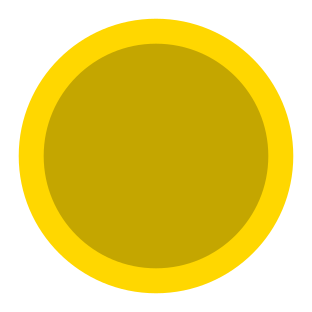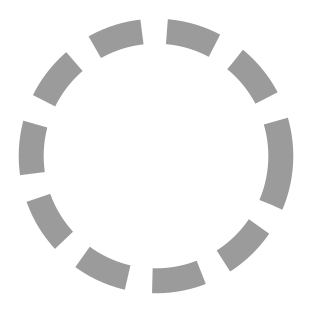We now have the ability to interpret states of the disk as text.
| step 1 | marbles and holes |                |
| step 2 | string of 1s and 0s | 110000010010010 |
| step 3 | binary number | 110000010010010 |
| step 4 | split into characters | 11000–00100–10010 |
| step 5 | convert to base 10 numbers | 24 – 5 – 18 |
| step 6 | convert to characters | YES |
We have a shared language that lets us communicate text with roons. It’s a good start, but there’s a lot more we’ll need to cover:
- How can we get roons to actually manipulate numeric and text data?
- How can we represent programs? Also, what are programs?
- Can we represent more complex data, like documents and images?
- Reading binary is hard — can we find a way to display text directly?
- Inputting binary is hard — can we make some kind of “keyboard” to let us write text?
We’ll revisit these issues in time. In the next sequence, we’ll introduce a new ingredient called state, which will let our devices store and retrieve data.
finish
